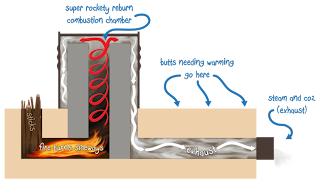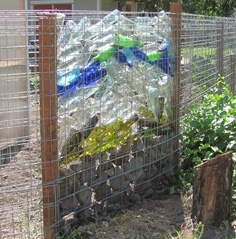We are gardeners, we love plants, we tend our plots in our human ways, and when they grow we grow. The longer we have a garden the closer we feel to nature. The closer we feel to nature the more we study nature.
My teacher Sepp Holzer has validated the value of these unseen relationships we form with our gardens and by relation the connection to all of nature.
Nature/Nurture there is little difference. If I have groked anything in this endeavor it is that nature endures beyond my attention span, I am not going to be the caregiver for the planting I have made; Nature is. Natural forces are the determining factor for the survival of every living thing, and we humans are ignoring the endurance of natural inevitabilities; instead of using these forces for the abundance so easily obtained.
We have learned by study, yes every one of us who pays attention recieves a tiny message every time we stop to smell the roses so to speak.
Can we take walk now into the forest, can we now rest among the clover for an hour and imagine our hand doing good upon the land?
Allow the small things to exist, the weeds as you might call them are the blankets for our soils billions of years in the making. They are doing work so important you may never understand it... let that be o.k.
Be a deer some days nip at the tops of your most prized flowers or peppers. Be a pig and dig.. If we keep gardens away from animals we have a lot of work to do imitating them. Over time the lack of animals among our gardens is going to be glaring.
In an urban/suburban environ we do well to draw animals to the garden or find ways to imitate their influence.
We lay manure, and that seems to be the extent of the understanding the general public has embraced as truth.
We need frogs, snakes, bees bugs and yes and even deer.. why?? Resilience, natural selection. Especially w/ perennials/ food forest type plantings... but even in a tiny plot .. bugs will reveal the weakest plants in your plots. Resilience comes from stress in many cases.
Compost is another one of natures wonder drugs for greenery, organic matter properly broken down or laid upon the surface will provide.
When applying most amendments or organic matter, leave them on the surface and allow worms the most accessible animal in uber sterile urban container plantings, started in bagged soil; worms can be immensely beneficial in such situations. Worms will bring down what they need and do the composting for you if making a compost bin or pile, is not for whatever reason is NOT "happening". I have watched them pull small bit of leaves or grass down their holes while observing my garden beds in the early evenings and in the morning fog. I have even seen them take down ting lettuce seedlings and in effect thinning them for me.
When I seed a surface I over do it.. just like nature I place many many seeds down, planning for failure, planning for bugs and birds. The strongest survive and self thin by dominance, the stand out, the specimen supreme. I lose thousands of seedling this way, intentionally as a natural selection method. Rarely do I find an entire batch of seeds to be so flawless as to produce a dozen such specimens in a single clump of sprouted seeds. Mostly broadcasting seeds, in most cases not burying them in rows. I consider and have observed watering to be enough disturbance to cover seeds till germination. A light covering of grass clippings or straw acts as a perfect coverage and support for emerging seedlings, just as in a natural field or hillside.
I enjoy pretending to be mother nature, making natural trellises, gathering seeds and twigs.. turds and stones to assemble at the feet of my plants for their well being and my own.
Many different plants together ... nature's way of defending against bug issues .. friendly frogs help too.
I am not saying let deer wreck your prized plantings, I'm saying prune heavily sometimes like a deer would. Dig out roots from the side of a large perennial like a pig..thereby thinning the clump. Dump some manure.. dare I say encourage some peeing on the bushes. You are an animal after all ;)
I am not saying let deer wreck your prized plantings, I'm saying prune heavily sometimes like a deer would. Dig out roots from the side of a large perennial like a pig..thereby thinning the clump. Dump some manure.. dare I say encourage some peeing on the bushes. You are an animal after all ;)














































.JPG)





